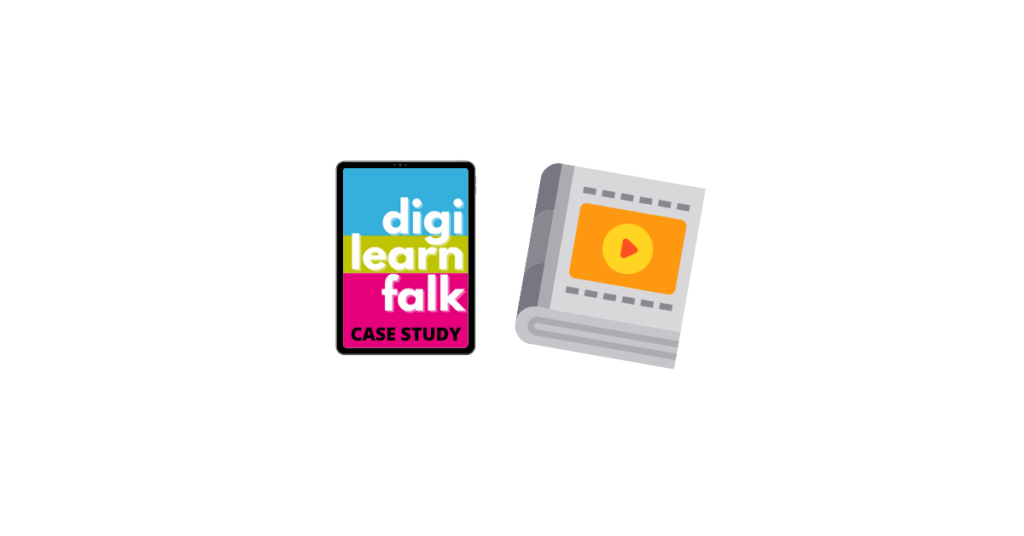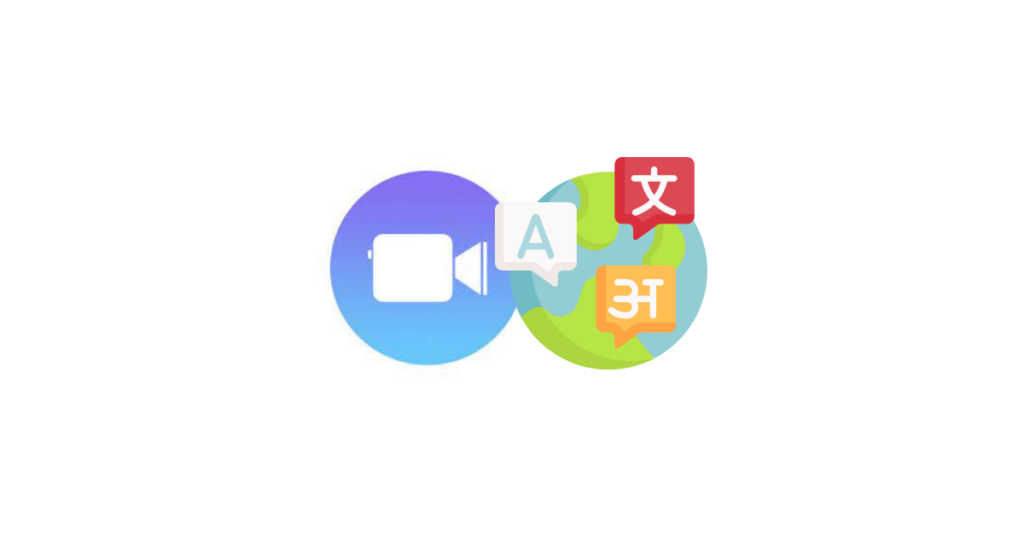Did you know you can make animated storybooks in Pages and export them as EPUBs so you can share your book with everyone? Read more


Did you know you can make animated storybooks in Pages and export them as EPUBs so you can share your book with everyone? Read more




“I like looking back through all our learning and we can still look at it this year too.”
“I loved seeing other people’s work on the board.”
“I enjoyed making up my own animals and making them talk on Chatterpix.”
“Due to the success of the initial test of change, this has now become an integral part of our School Improvement Plan. All classes are now using digital floor books to evidence IDL, and our Primary 1 teachers are also using them to document literacy, numeracy and discovery learning. Our P6 and P7 pupils are using digital floor books to record their personal learning journeys too. The floor books are also a collaborative tool across stages and useful to pass on to future teachers so that it is clear what the pupils have covered, allowing for coherence in learning. We are looking at ways that we may be able to share these with parents and carers in the future, which may mean that we explore different platforms for creating the floor books.”


“I have noticed a huge improvement in engagement and behaviour. I very quickly saw an improvement in the quality of answers and in student confidence when attempting questions. This has continued into the 2023-24 academic year. BGE classes are on a rota and it can be tricky to settle some classes. I have found that a couple of weeks of getting used to using Curipod and the majority of students settle quicker at the start of class and maintain a better level of focus throughout the lesson. The range of generators and the adaptability of them makes them useful to any faculty in the school. English are already experimenting with the generated feedback and seeing positive results.”
“It makes learning more fun and useful like if the AI was to give us feedback it would give us it back in 30 seconds but if a teacher was to give feedback it would be 2 to 3 weeks (no offence teachers)!”
“It helps the lessons move a lot faster so we’re able to get more done in shorter periods of time.”
“It’s good having that drawing brain break because it refreshes your mind for upcoming questions.”
You can find out more about what students think by exploring Aileen’s ‘What do student’s think about Curipod?’ Canva or watching her presentation from Curicon which can be found below.
“I have started to try to introduce Curipod to colleagues. As I said, almost all of my lessons are now done with Curipod and if I am updating old ones I do it by ‘curifying’ them on the platform and adding in the new information. Decks can be shared with students via a link or you can now download them as PDFs which I have found useful for providing revision materials. The limit is really your own imagination.”


This guide shows you how to bring learner’s digital drawings into the playroom or classroom using augmented reality technology. Boost your learner’s creativity, storytelling and digital skills with this activity that is just magic!

Digital scavenger hunts can be a great way to familiarise learners with using technology for learning. Find out how to make your own or download our premade templates!
Glow Blogs uses cookies to enhance your experience on our service. By using this service or closing this message you consent to our use of those cookies. Please read our Cookie Policy.